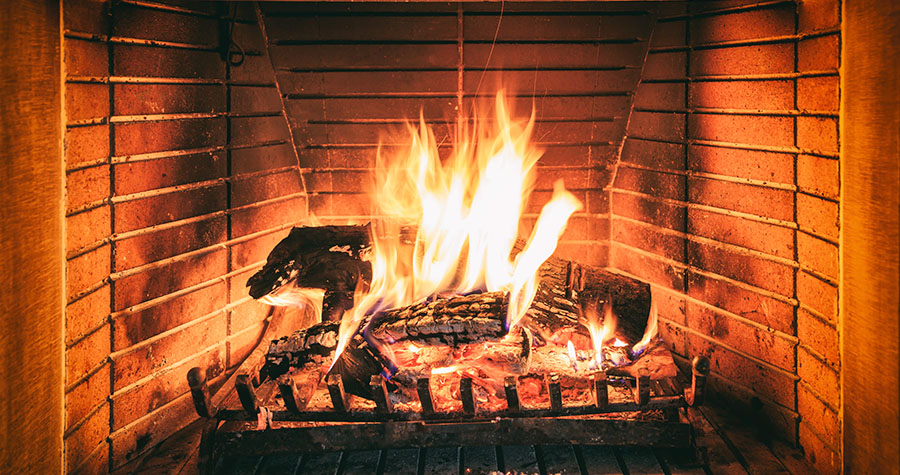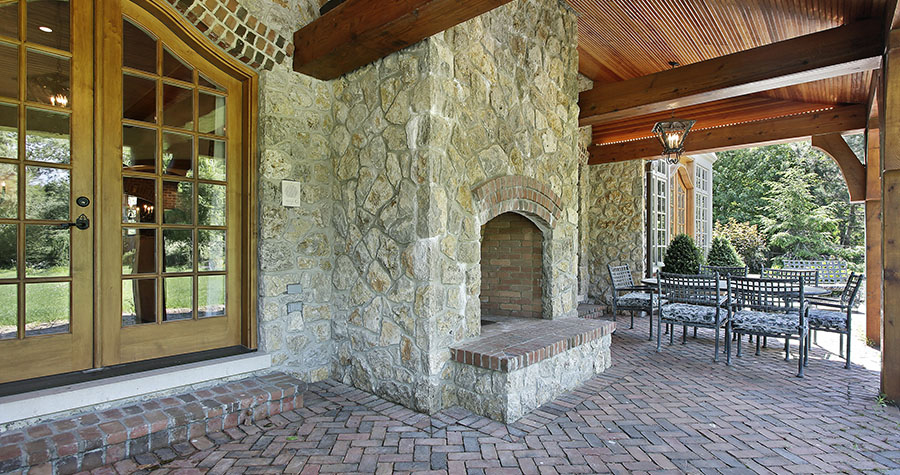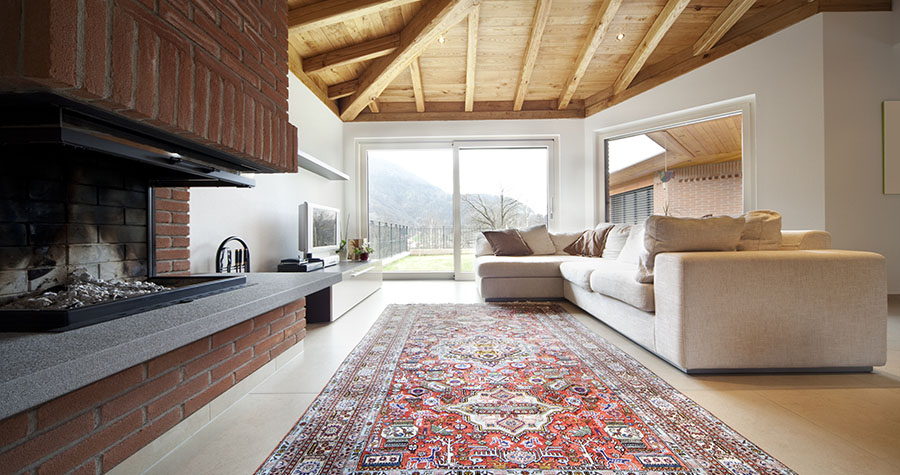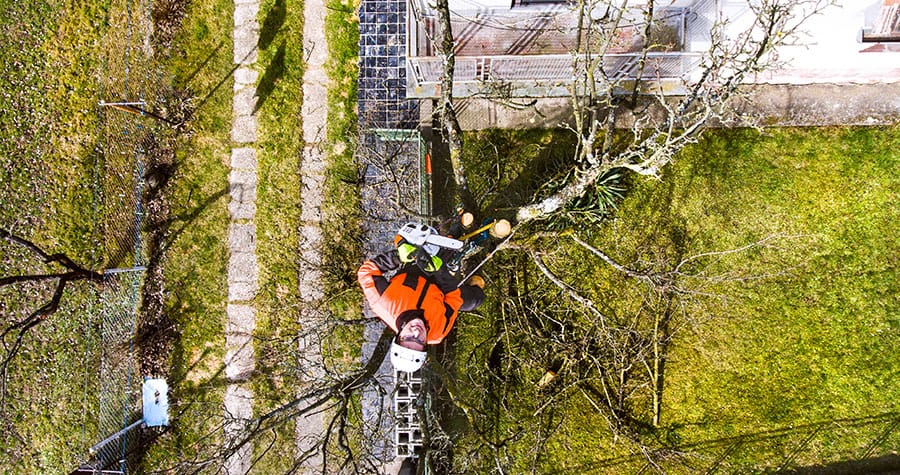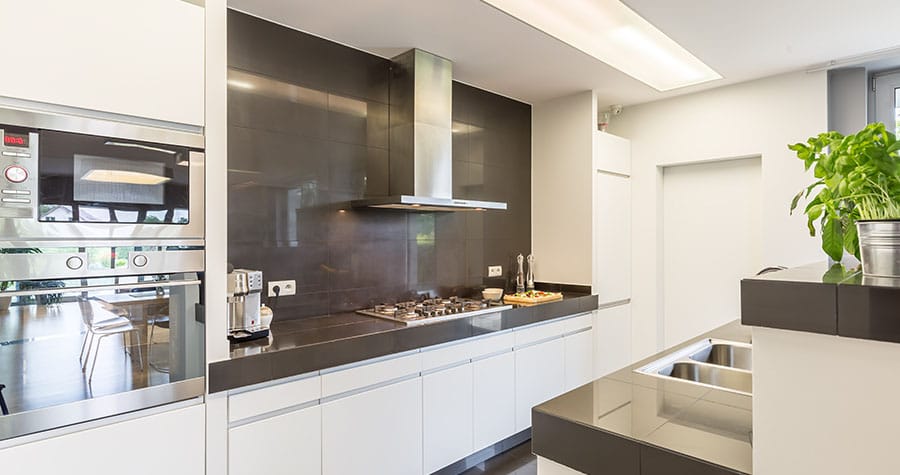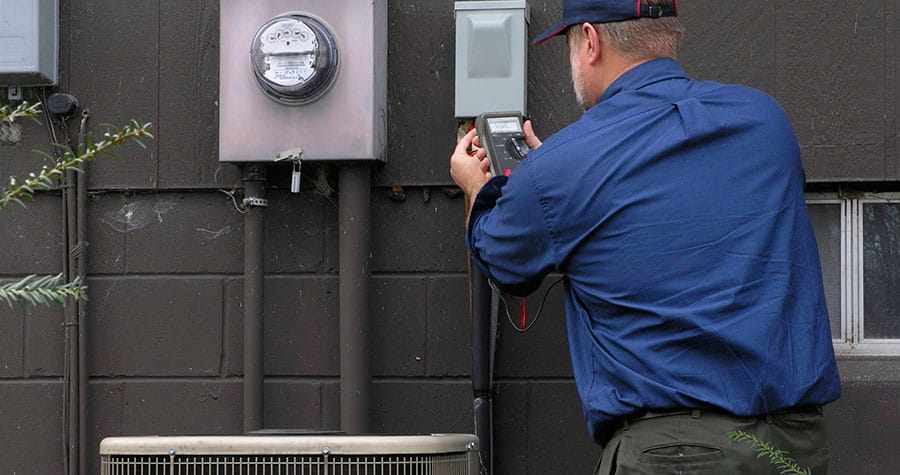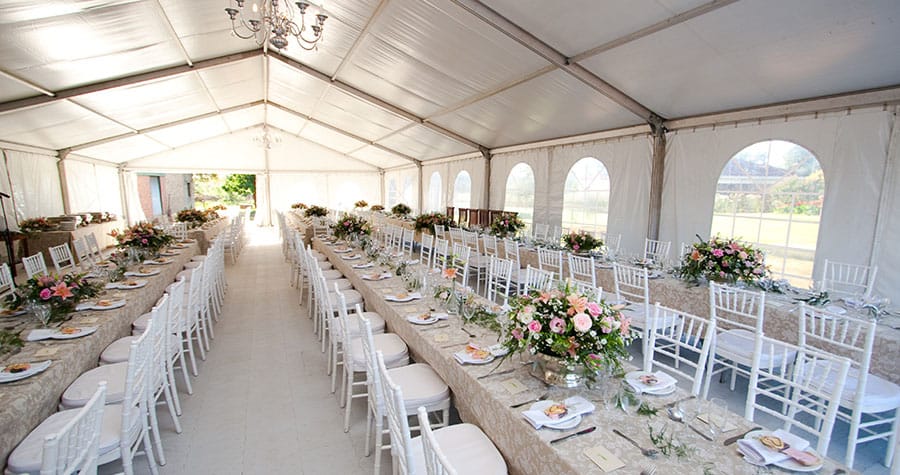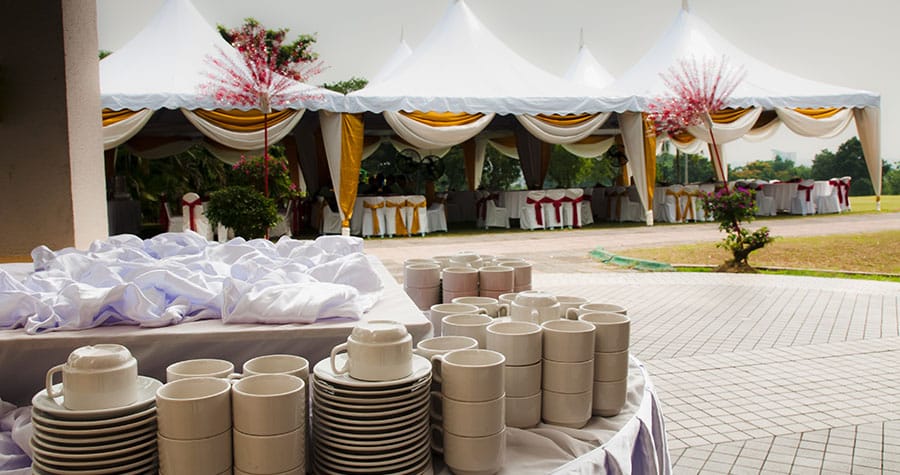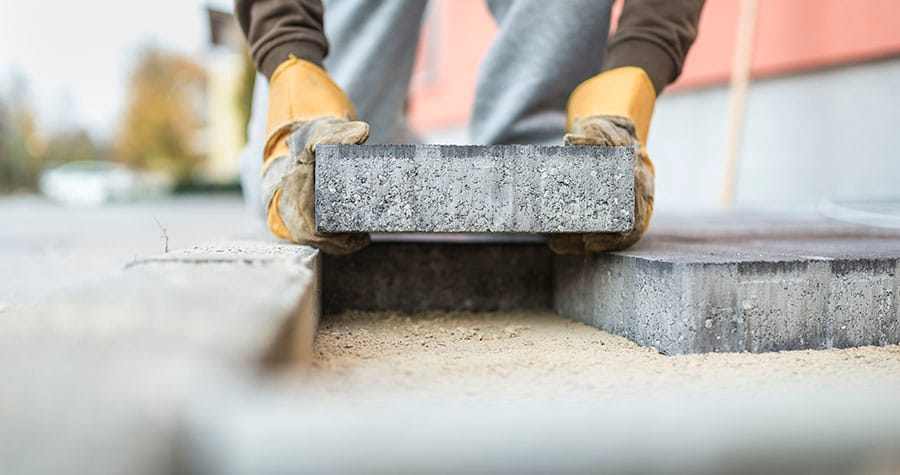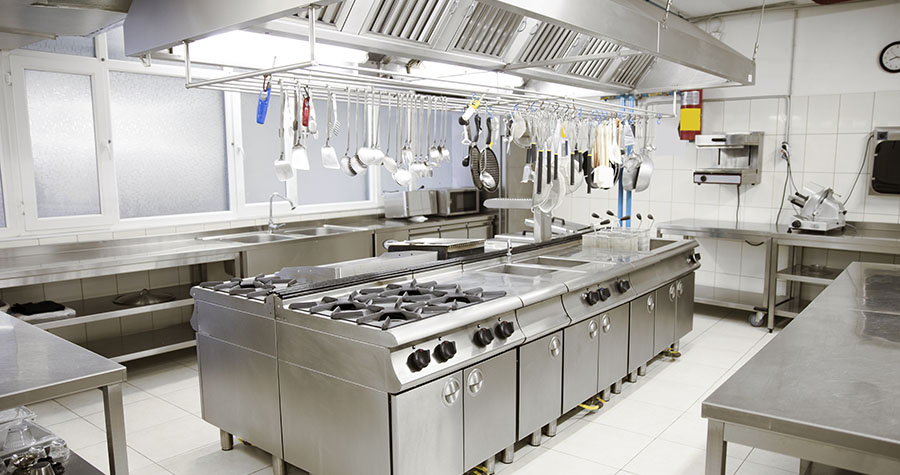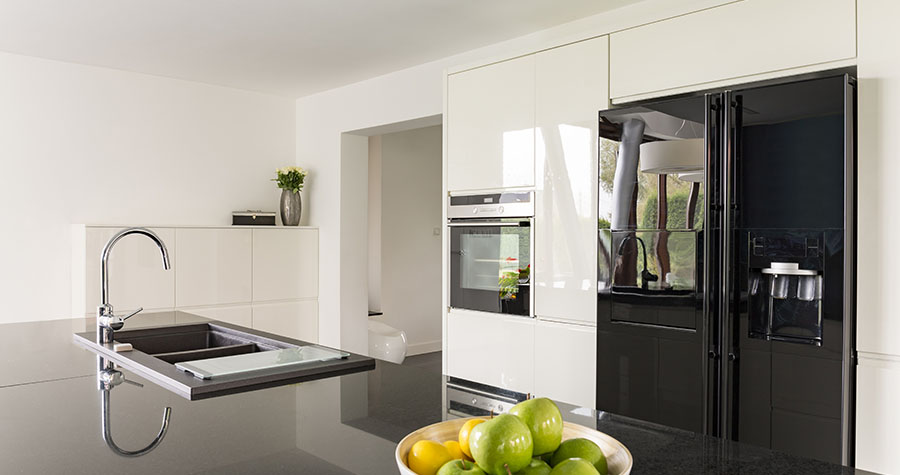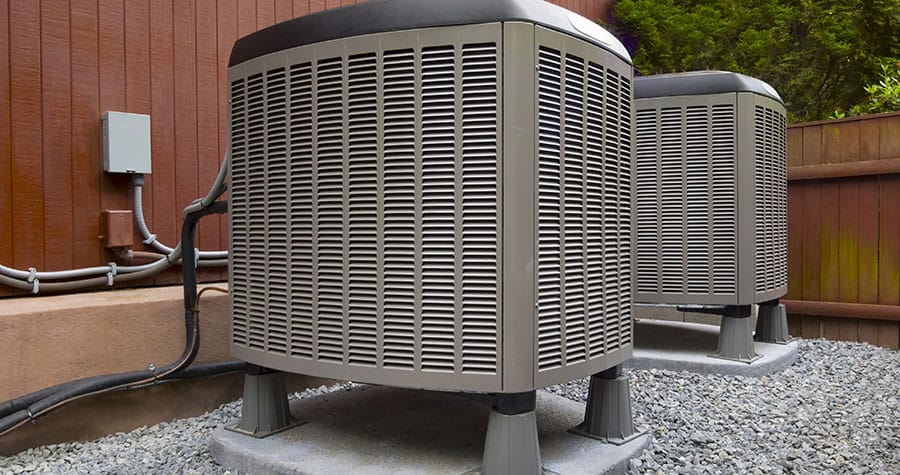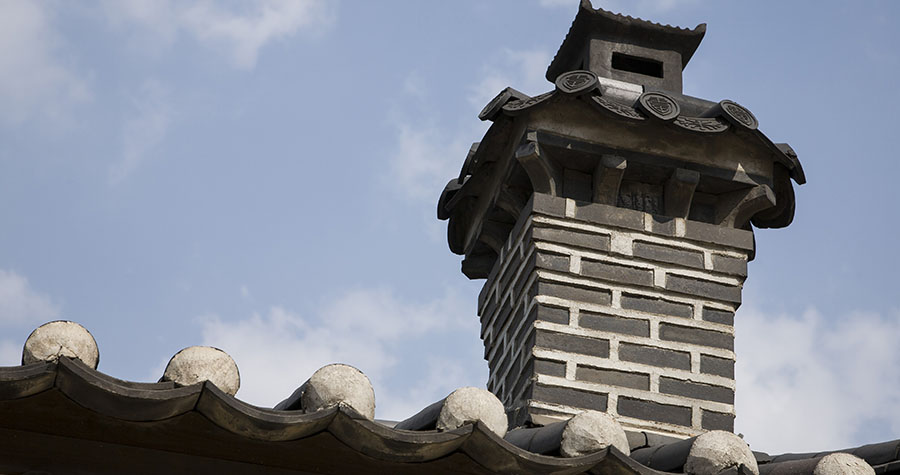When talking about old chimneys, we are talking about chimneys that were constructed in the 1950s. Most of these chimneys are made from bricks, although there are a few made from blocks. Chimney contractors report that these chimneys have a wide range of problems that include:
Lack of lining
Unless you are extremely lucky, your old chimney doesn’t have a lining. This exposes your unit to a wide range of problems. The most common ones being:
Unlined chimneys have bad draft characteristics that cause them to work inefficiently.
The chimneys also leak noxious gases into the living spaces
If you use your chimney for wood burning, the resulting condensation aids in the formation of tar and creosote which as you know is flammable. This puts your home at the risk of fire.
If your chimney isn’t lined, you should ask the contractors to install the lining.
Old bricks and mortar problems
Most of the houses constructed in the 1800s and 1700s have bricks that are in great condition. This is because the bricks were fired in a better way compared to the modern ones.
While this is the case, there are a few chimneys that have bricks that have come off or have cracked. You should work with your contractor and inspect the nature of the bricks.
If you can repair them, go ahead and do it. If the bricks are in an awful shape that you have to replace them, get new bricks fired in a high-quality manner. You also should ensure that the bricks are installed properly.
Shifting ground and old chimney
The ground is always moving. Fortunately, houses are elastic thus allow enough movement and don’t fall. Unfortunately, the stresses can break the bricks over time. When the damage is extensive, the chimney can be too weak to the extent that it puts you and your family at risk.
What you need to do is to inspect the chimney and if the bricks are too damaged, replace them. In some cases, all you need to do is to repair them.
Weather damage
Sun, wind, and rain are usually hard on the masonry work, especially the mortar. Well maintained mortar should last at least 60 years. When the mortar wears out, you may have to rebuild or re-point the chimney.
Re-pointing is the process of grinding out an inch of the old and broken up mortar and putting in new mortar without necessarily removing the bricks. You should note that you don’t have to do this, unless your chimney is too large.
If the chimney is small, you will have an easy time dismantling the chimney and rebuilding it using the same bricks.
Lack of waterproofing
One of the major flaws of old chimneys is that they soak up a lot of water from the rain. This is due to the nature of the bricks used in making them. During the cold seasons of the year, the bricks hold water which puts the house at the risk of freezing.
You can fix this problem by waterproofing the chimney. There are plenty of waterproofing materials on the market that you can go for. These materials don’t block the masonry pores but give you the results you are looking for.
When waterproofing, avoid using silicone as it tends to block the pores. It also has a shorter life due to the UV light breaking down the silicone.
Old or lack of chimney crown
The chimney crown is the cement part on the top of the chimney that prevents the rain from getting into the structure. The crown is greatly affected by the wind, rain, and sun. Is your chimney crown old or isn’t present at all? You should fix it.
If it has cracks in it, you should fix it. In some situations, the crown is in bad shape that you have to replace it. In such a case, you should take it off and relay it.
Lack of clearance to combustibles
Chimney experts rarely cared about clearances to combustibles when they were constructing the chimneys years ago. Due to this, it’s common to see beams laying against the masonry of the chimney. To protect your property and loved ones, you should work with the chimney repair professionals and create more clearance.

